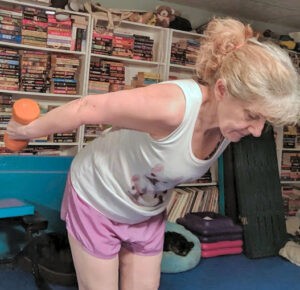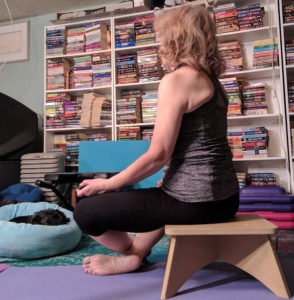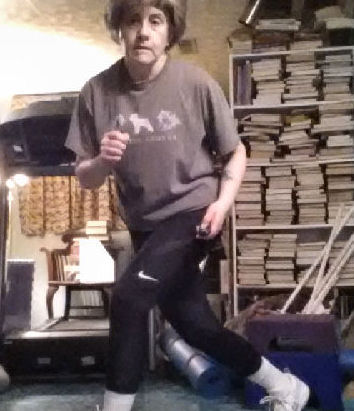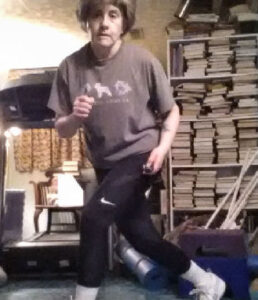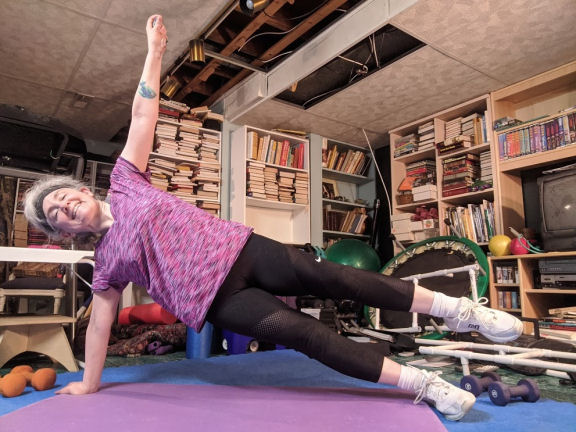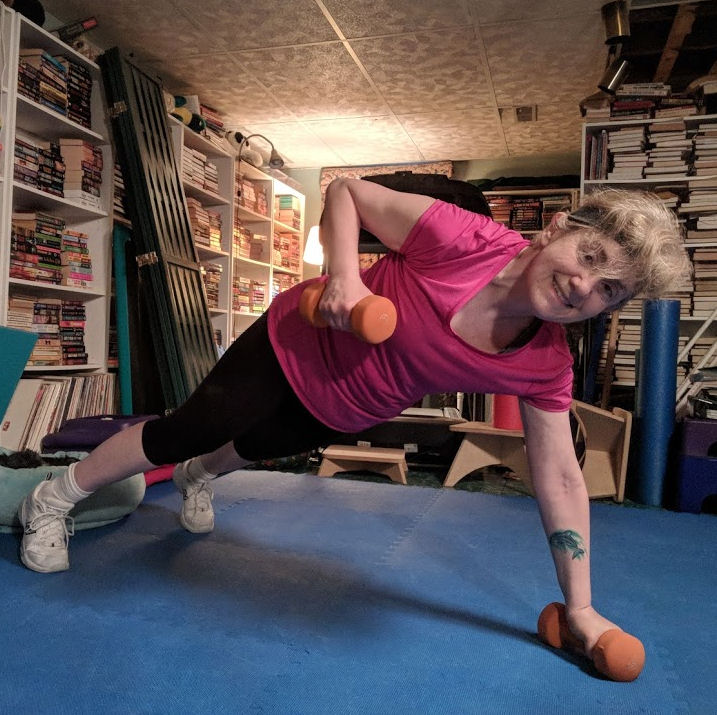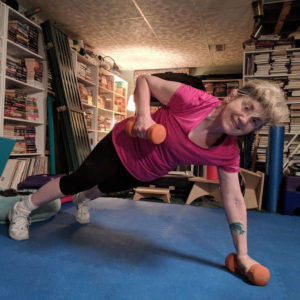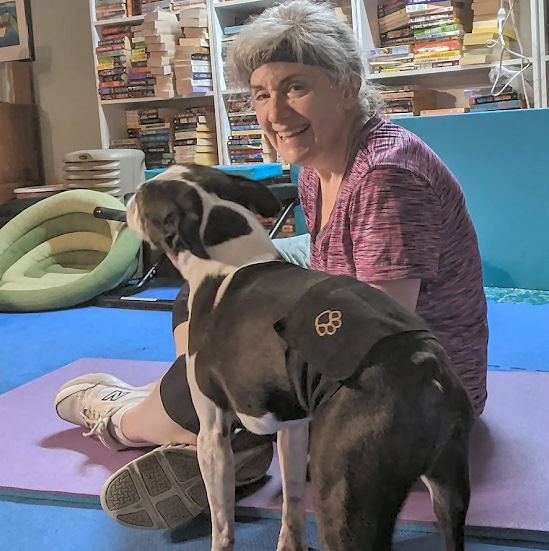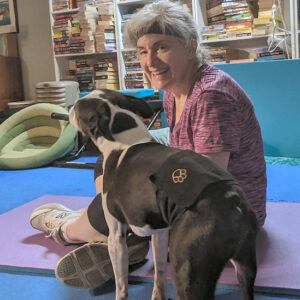After 325 articles about fitness, exercise, motivation, time management, healthy aging, balance, and other aspects of my world, I sat down to write something new and fresh and uplifting. But I just was not feeling it. Had I covered it all? I refuse to believe it. I just was not motivated to delve deeper.
Outside and Inside Forms of Motivation
So that leads me to the controlled and autonomous forms of motivation. Yes. Another research study! But this one is completely relevant to fitness and how we approach it. Controlled motivation is determined by outside forces. If it’s raining, we’re motivated to close the window. If my dogs are jumping on me, I’m motivated to put in another few minutes of training. I see controlled motivation as cause and effect. If you know you’re supposed to exercise and you’re not feeling it, controlled motivation is not going to cause you to change into workout gear and run.
Outside motivation doesn’t last
Well, perhaps if you’ve eaten an entire candy bar, you may feel motivated to exercise for a while. But that candy bar is not going to inspire you to develop the healthy habit of a regular exercise program. Working out because you feel guilty or bloated today is not going to remind you to exercise in two days.
This controlled motivation goes away when the immediate need is satisfied. Once you don’t feel the bloat, you’re not likely to lace up those sneakers.And you know that exercise is not effective unless you do it several times every week. You won’t get all the benefits that exercise offers, like weight control, stronger heart and bones, better cognition and mood, and improved memory, unless it becomes a habit.
Healthy habits are autonomous motivation
And autonomous motivation creates healthy habits. That is, motivation that comes from within. So, even though you’re not feeling it, you go exercise. You brush your teeth twice a day no matter what. Every time you get in the car, you put your seatbelt on. You know that your teeth and gums stay healthy only if you brush twice a day. Putting your seatbelt on is not just the law, it saves lives. Sound familiar?
That autonomous motivation keeps me lacing up my sneakers 4 or 5 times a week because exercise has become a habit. So, even though I’m not feeling it, I still do it. I know that I’ll be in a better mood. And even though I may not realize it right away, I’ll be able to remember more. My sleep quality will be better.
So, even though you’re not feeling it, exercise anyway.


